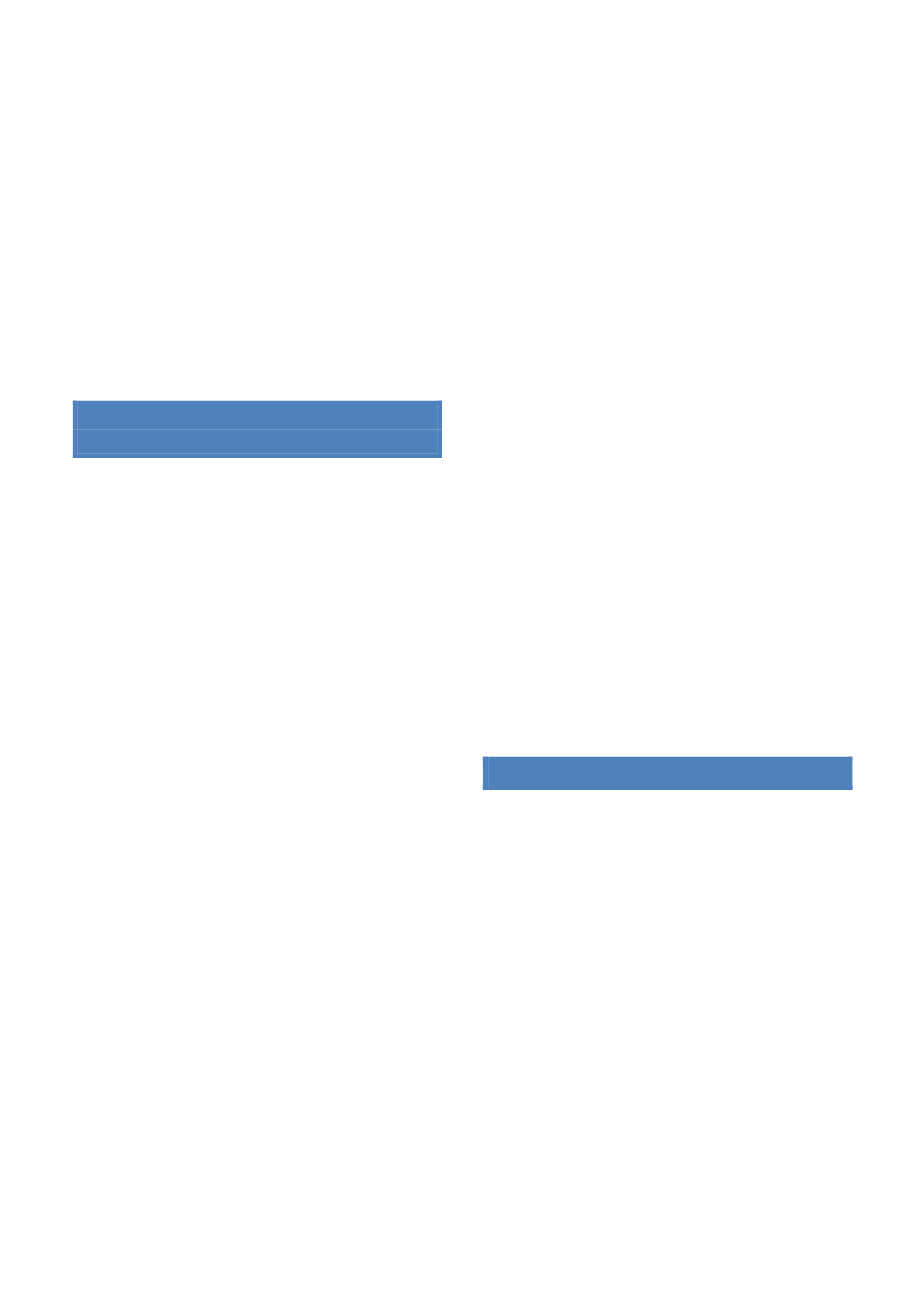

Department of Chemical Engineering
Annual Report 2015
19
as well as all fault and emergency handling. Another
important concept is controllability, which links control
and design. Here the main focus is on applications, which
currently include reactor and recycle processes,
distillation columns, gas processing plants, cooling cycles
including liquefied natural gas (LNG) plants, low-
temperature polymer fuel cells and anti-slug control.
Small-scale experimental rigs have been built to study
anti-slug control and novel distillation arrangements. In
most cases, control is an "add-on" to enable and improve
operation, but the anti-slug rig demonstrates how
control in some cases can be used to operate the system
in a completely different manner
SFI
ON
SUBSEA
PRODUCTION
AND
PROCESSING (SUBPRO)
Subsea production and processing is a key technology for
exploitation of Norwegian and international oil and gas
resources. New solutions are needed to reduce
operation and development cost, to increase the
recovery factor, to reduce implementation time for field
developments, and to allow development of new more
demanding fields. The research in our group is focused
on developing methods for enabling safe, reliable and
economic operation of such systems. This includes
development of simplified process models that are
suitable for optimization and control, as well as methods
for optimizing operation and estimating important
unmeasured variables.
The term “SFI” stands for “senter for forskningsdrevet
innovasjon” or “center for research-based innovation»
and our Department (IKP) was by the Norwegian
Research Counsil awarded two such centers with start in
2015. The process systems group is heavily involved in
SUBPRO, which also has a very strong industrial support
from four oil companies and (Engie, Lundin, Shell and
Statoil) and three vendor companies (ABB, Aker
Solutions, and DNVGL). The total annual budget is about
33 million NOK and the program is planned to run for 8
years, from 2015 to 2023. One the senior level the
following people are involved from our group:
Professor Sigurd Skogestad is the Director of
SUBPRO.
Associate professor Johannes Jäschke’s position
on subsea processing is funded by DNVGL who
is a partner in SUBPRO.
Jon Lippe (associate member of the system’s
group) is Project Coordinator in SUBPRO
Gro Mogseth (associate member of the
system’s group) is Technical Coordinator in
SUBPRO
Most of the SUBPRO funding goes to research at NTNU,
with about 20 PhD students and postdocs engaged at any
given time. From our group this includes the following
PhD students and postdocs and projects:
1.
Christoph Backi (postdoc). Model library for
dynamic simulation and control
2.
Tamal Das (PhD student). Estimation of un-
measurable variables
3.
Adriaen Verheylewegen (PhD student). Control
for extending component life.
4.
Dinesh Krishnamoorthy (PhD student from Aug.
2016). Production optimization
We also work closely with several other NTNU groups in
the project, including the control group at the
Department of Production and Quality Engineering
(Professor Olav Egeland and Associate Professor
Christian Holden). The goal of the project is to perform
high-class research, which can form the basis for
innovation within the companies. The currently low oil
prices have made it even more important to come up
with new and cost effective solutions. Subsea
installations are special because it is costly and difficult
to perform maintenance and modifications, and because
of their remoteness. In terms of operation this means
that robustness and autonomy are more important.
PROCESS MODELLING BEHAVIOURS
The centre piece of process systems engineering is the
model. Modelling is generally seen as a difficult and time
consuming operation. The step-wise approach
developed in this group has transformed the art of
modelling into a nearly procedural operation, which has
been captured in a program environment (Preisig). The
modelling operation is thereby lifted up from writing
equations to choosing concepts and mechanisms. The
equations are then generated and assembled
automatically taking the applicable equations from a
data base that has built applying mechanistic
descriptions where ever applicable. Multi-scale
modelling is supported by enabling order-of-magnitude
assumptions, which automatically induce model
reduction
thereby
eliminating
structure-related
mathematical problems. The overall objective in the
group is to develop efficient object-oriented software
tools that implement this method and assist in


















